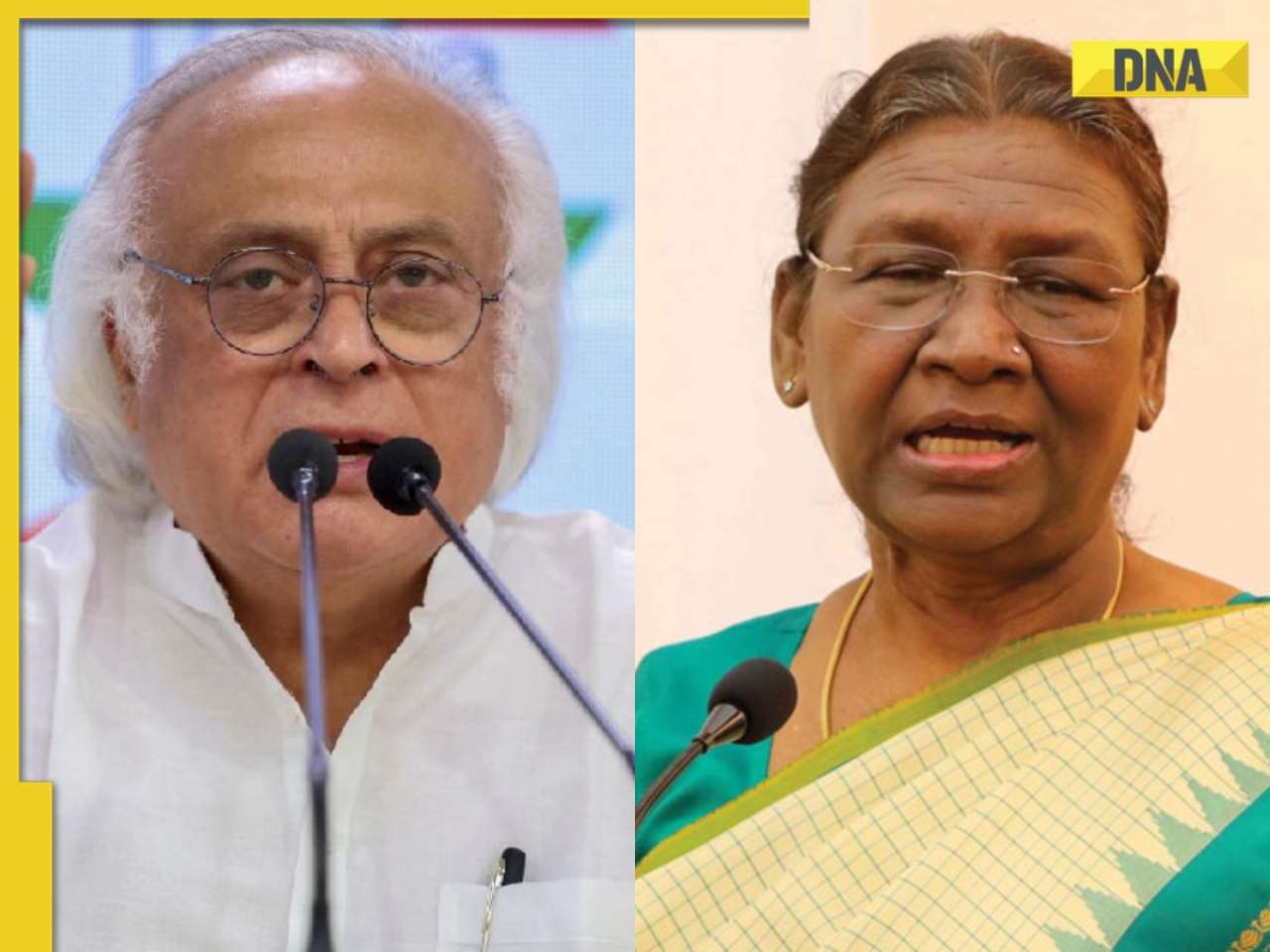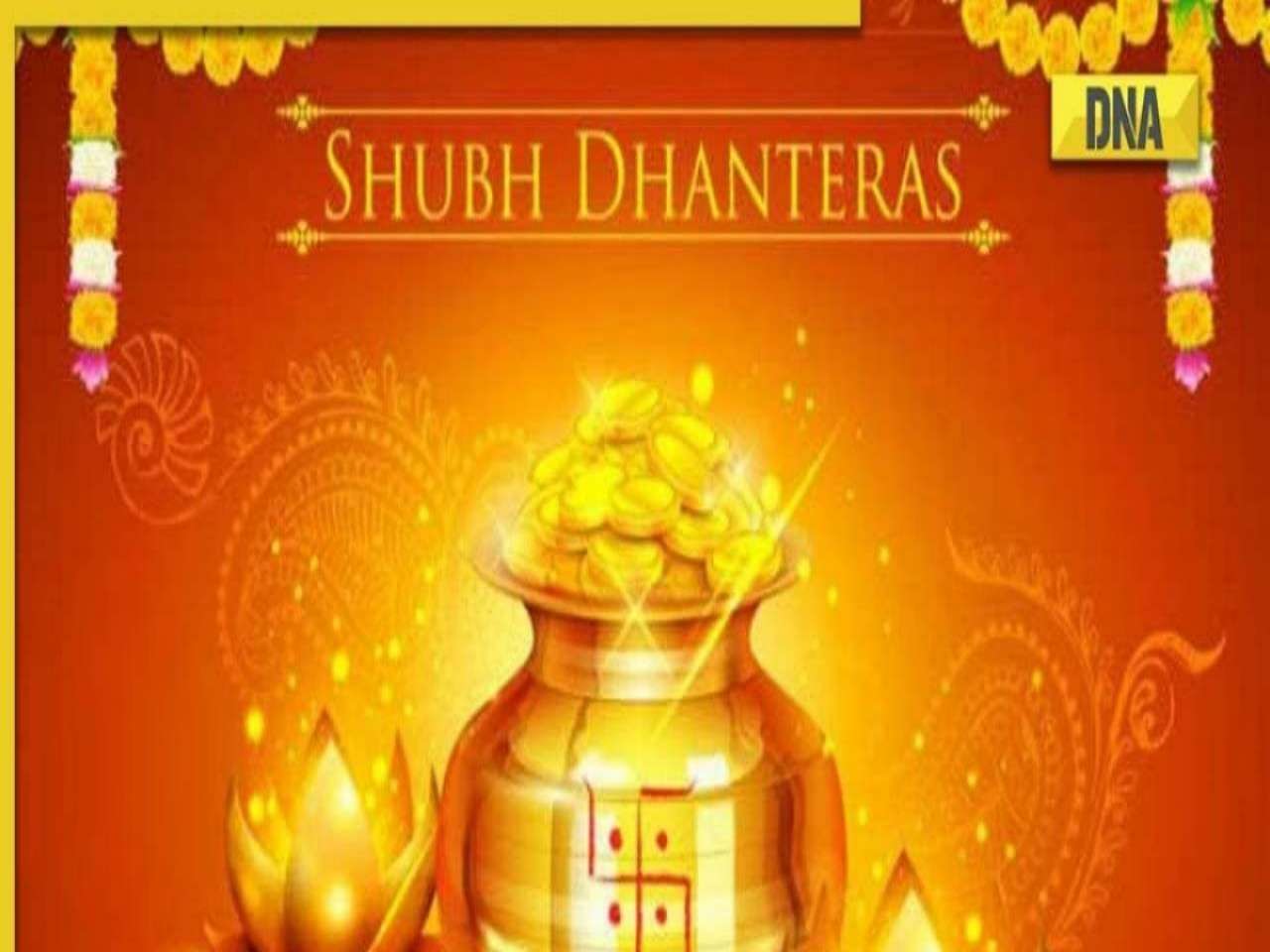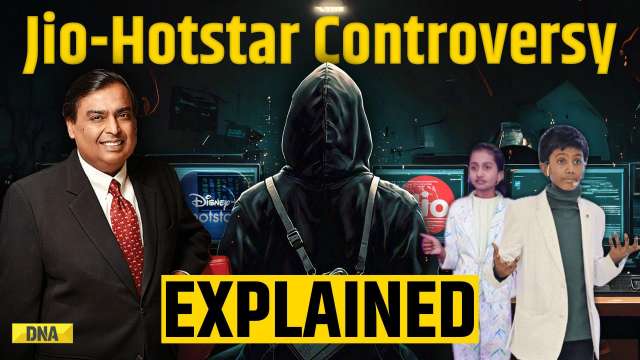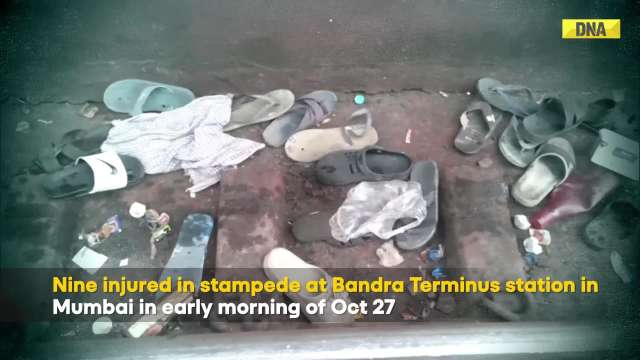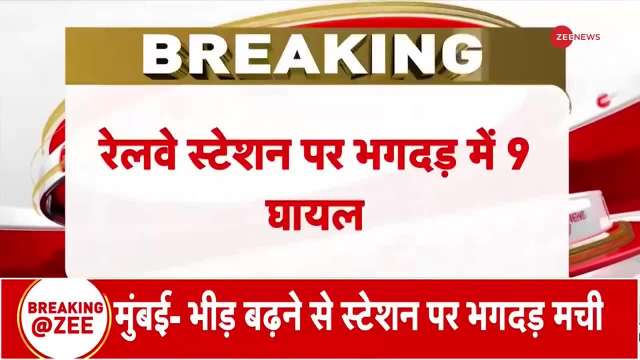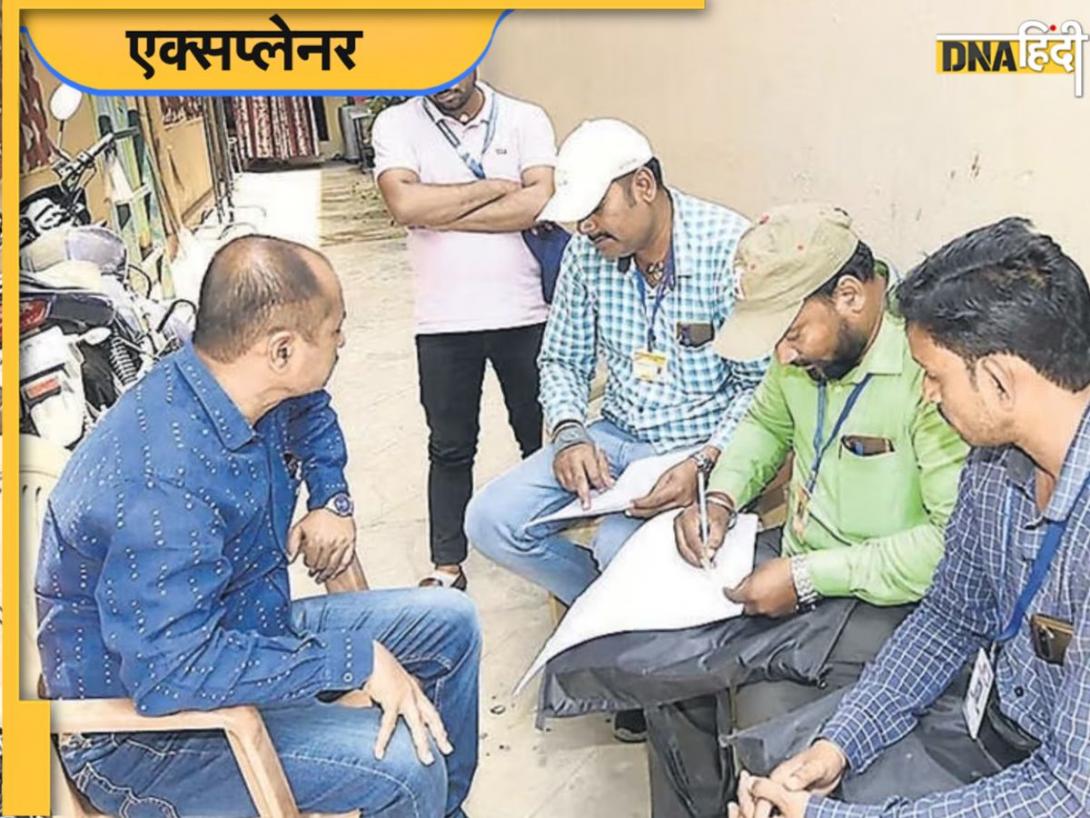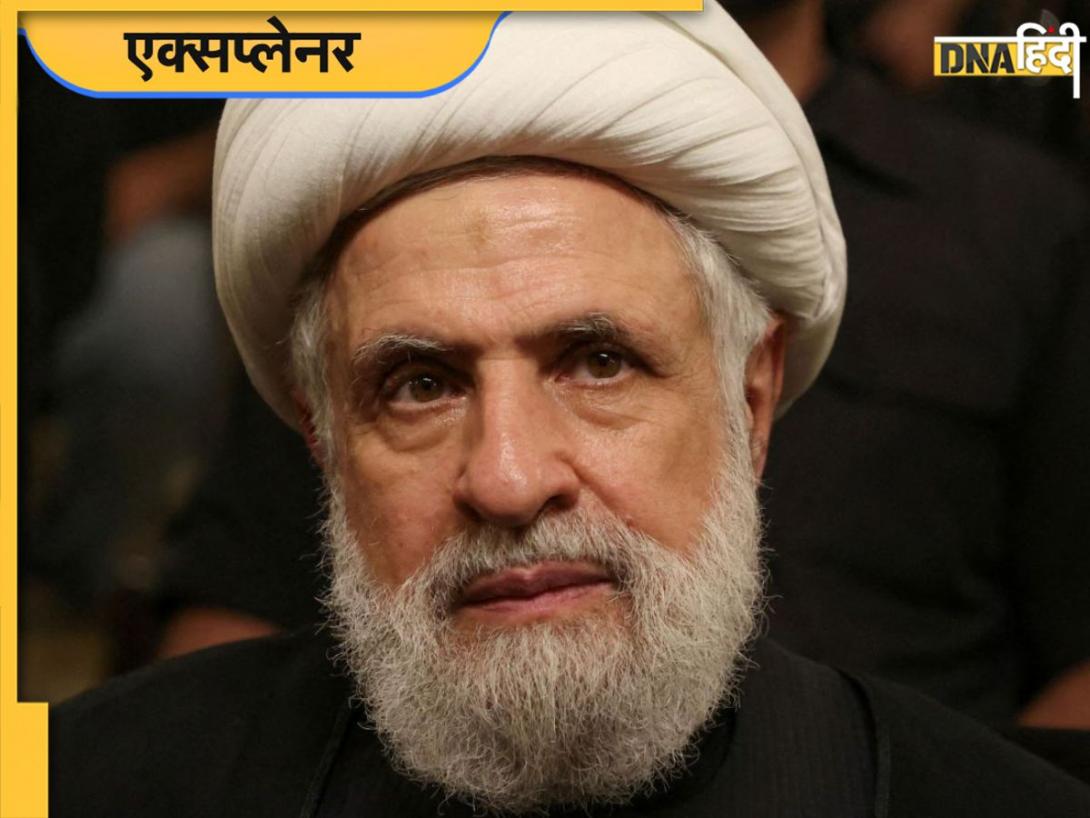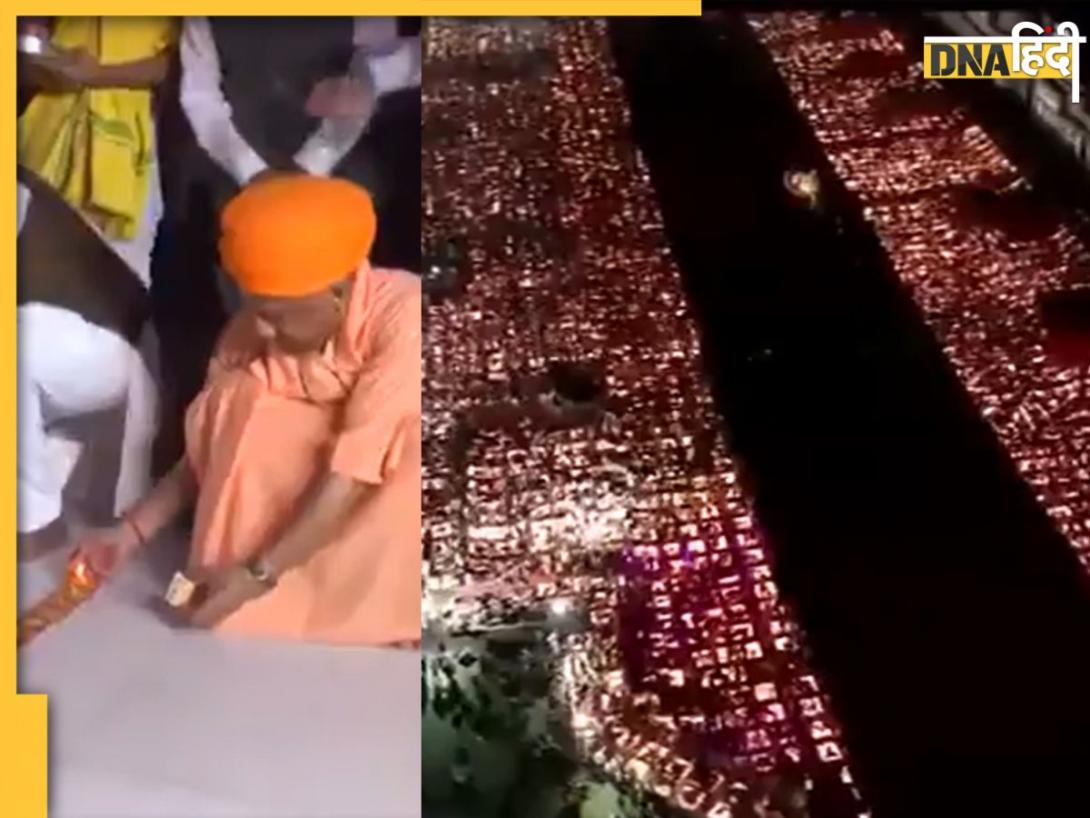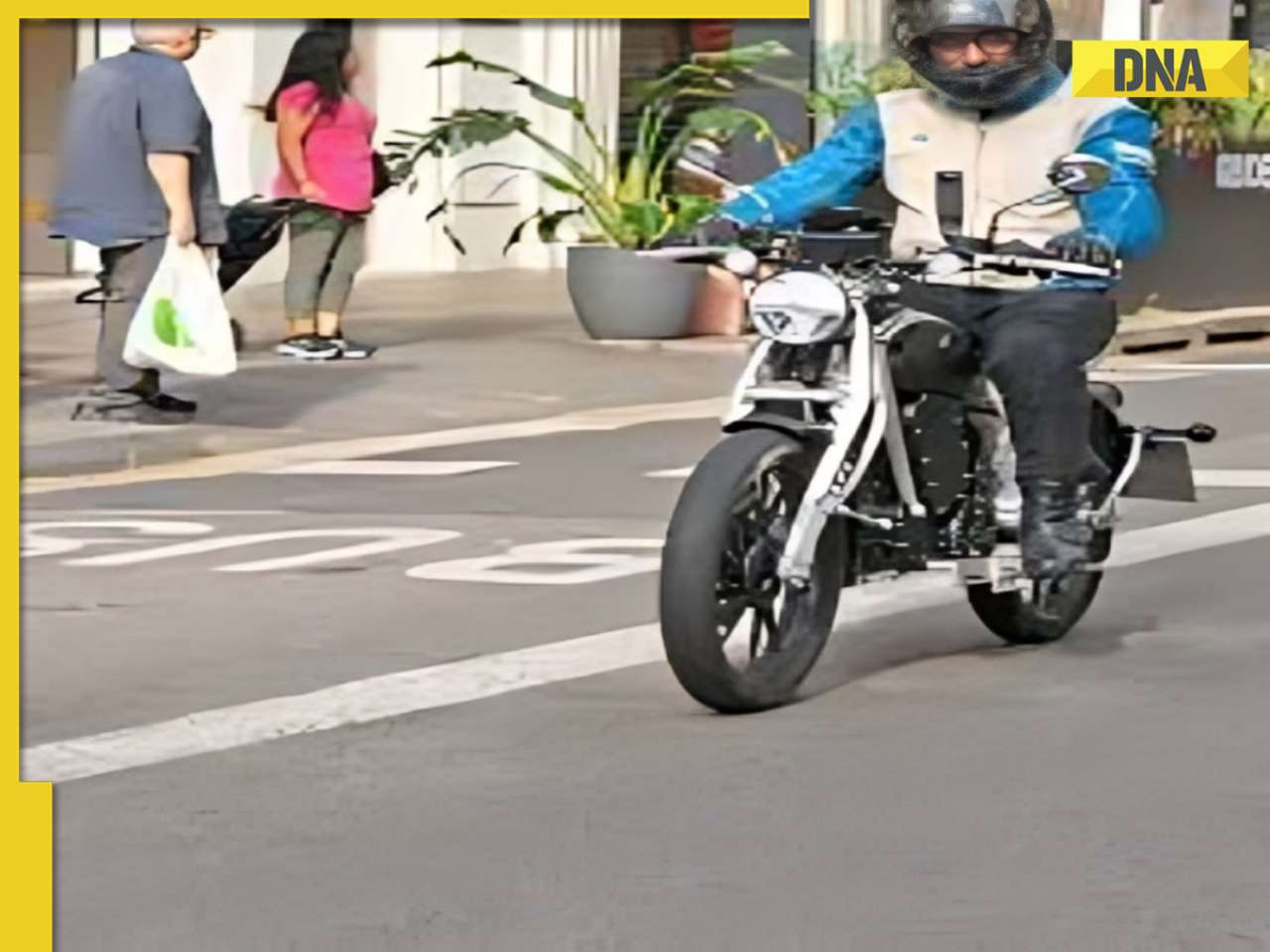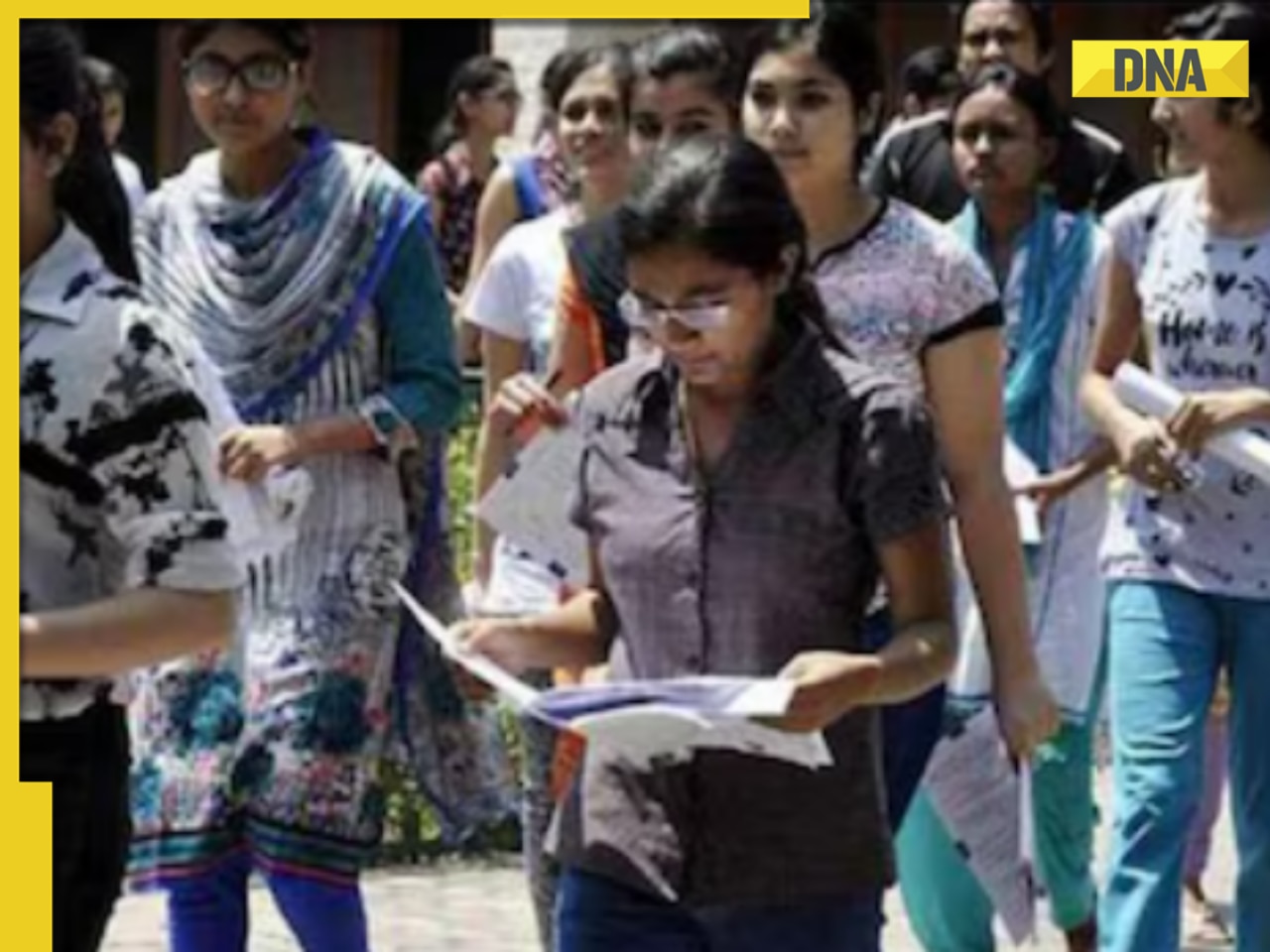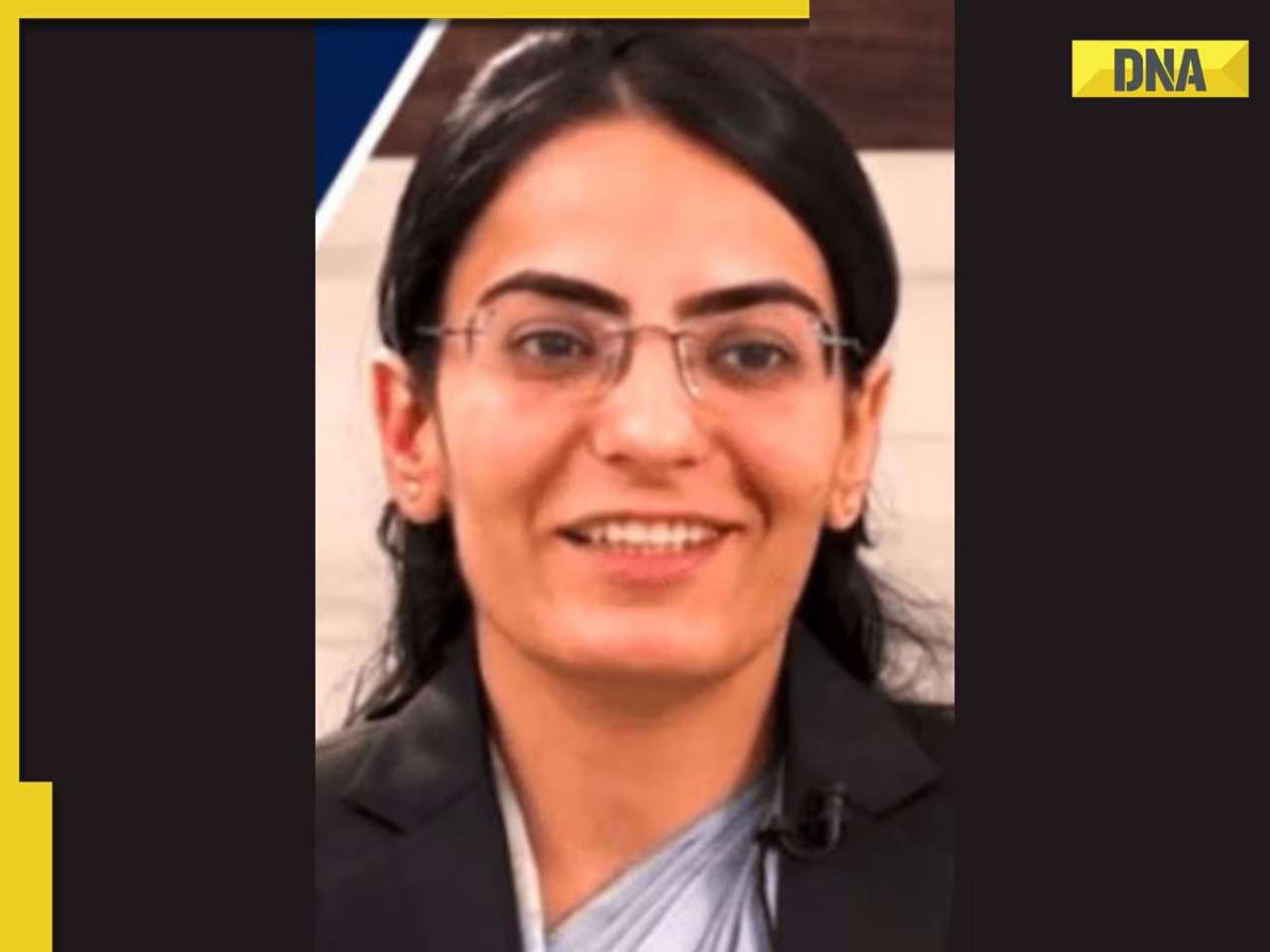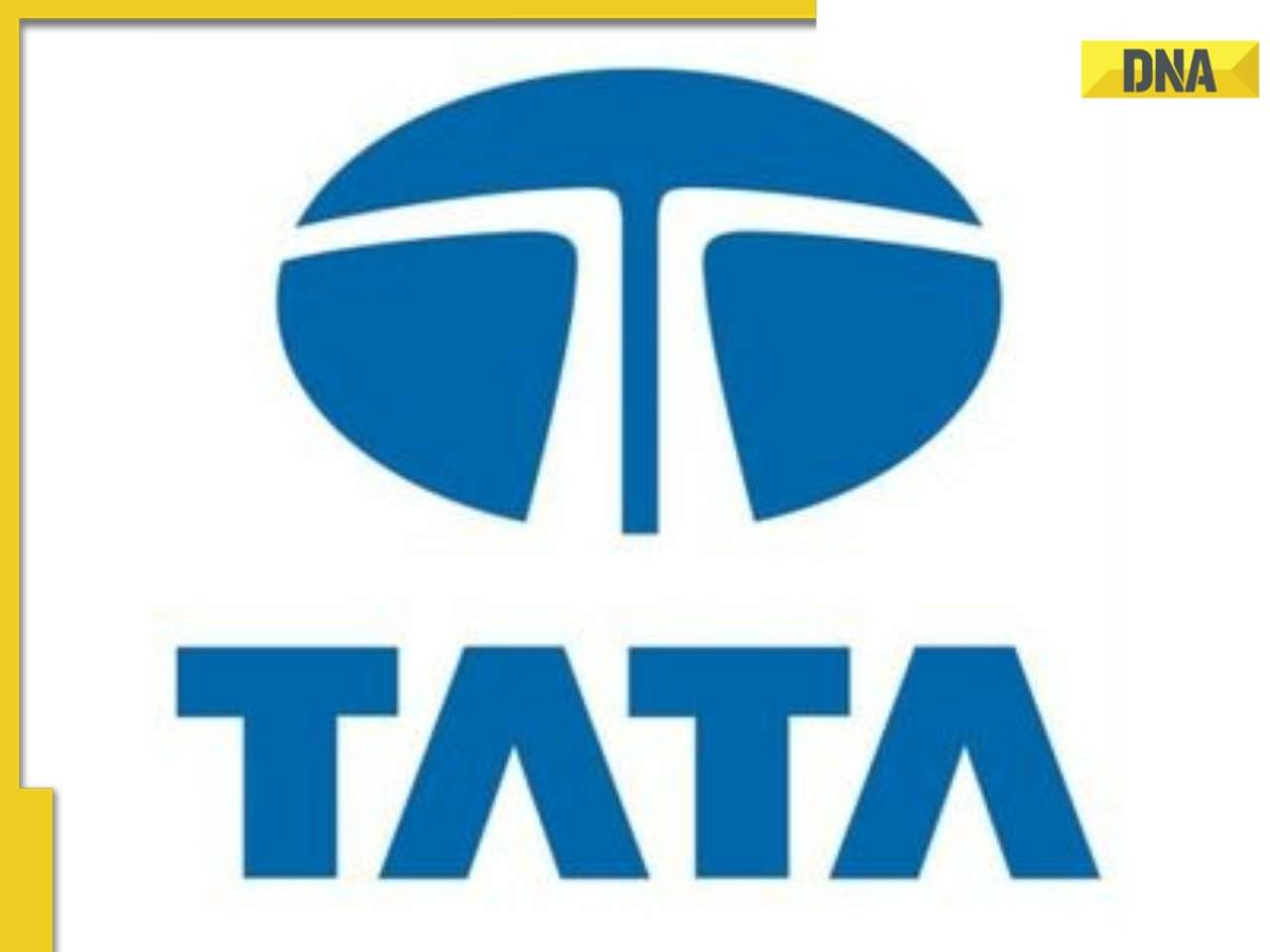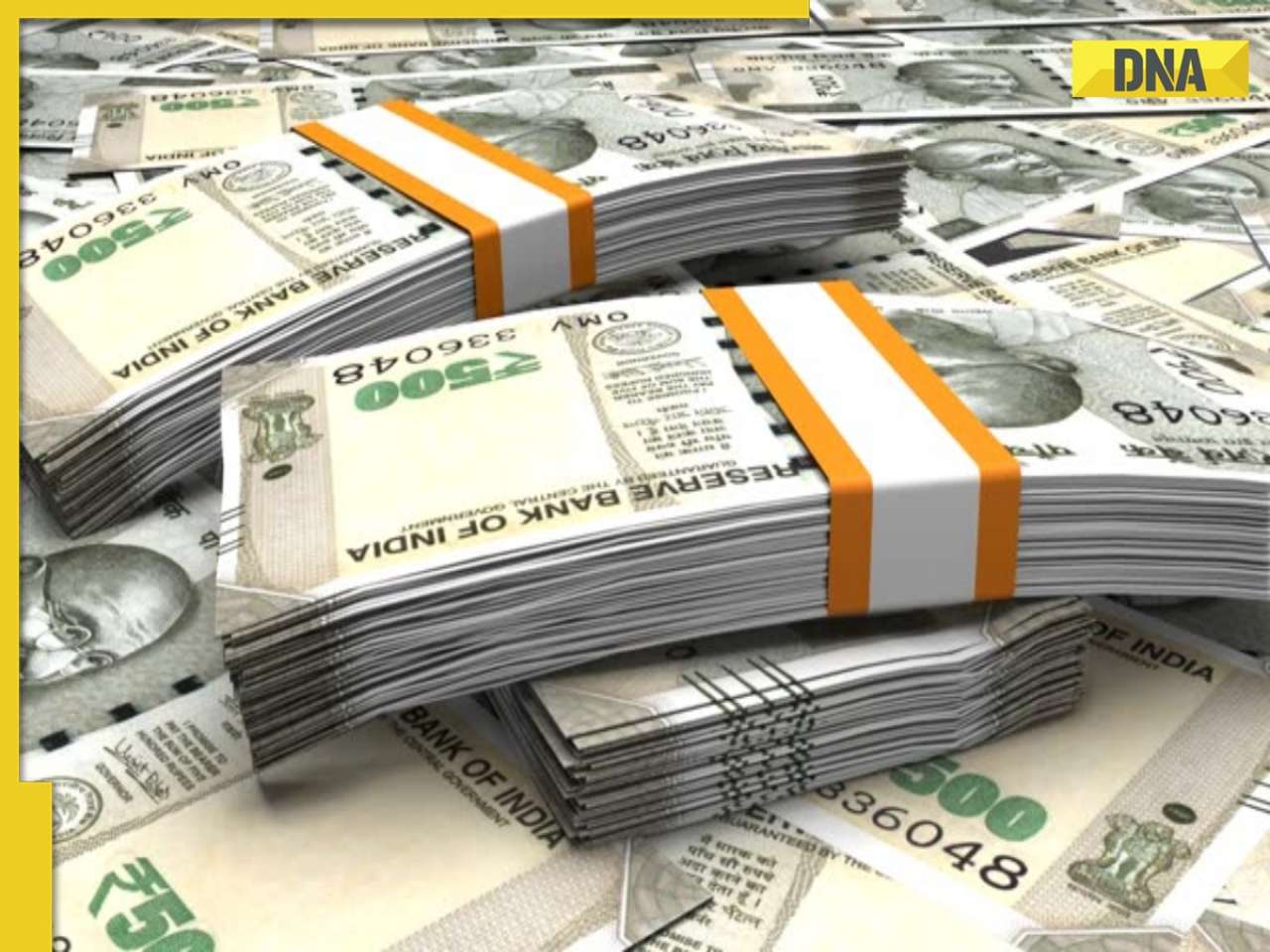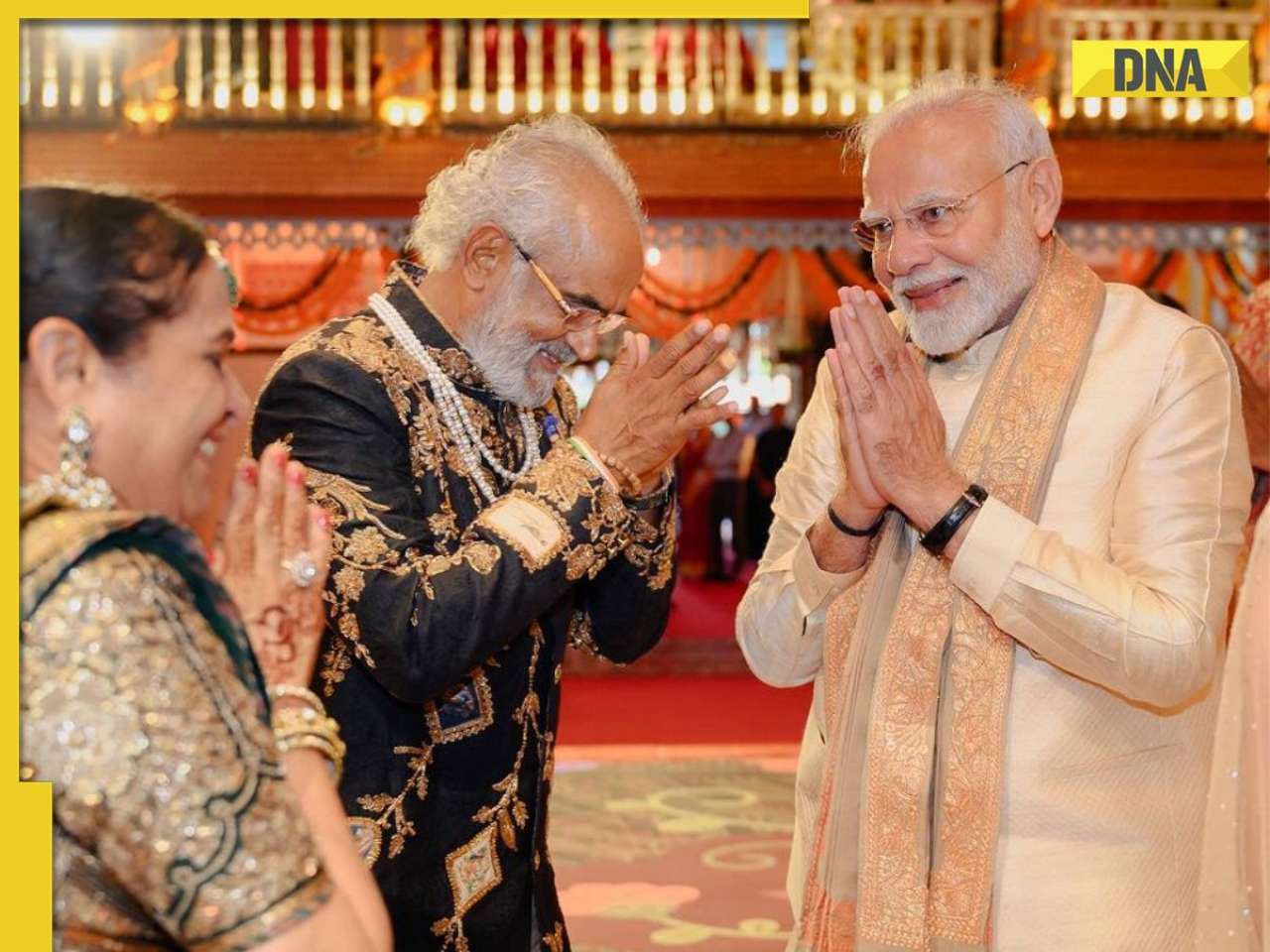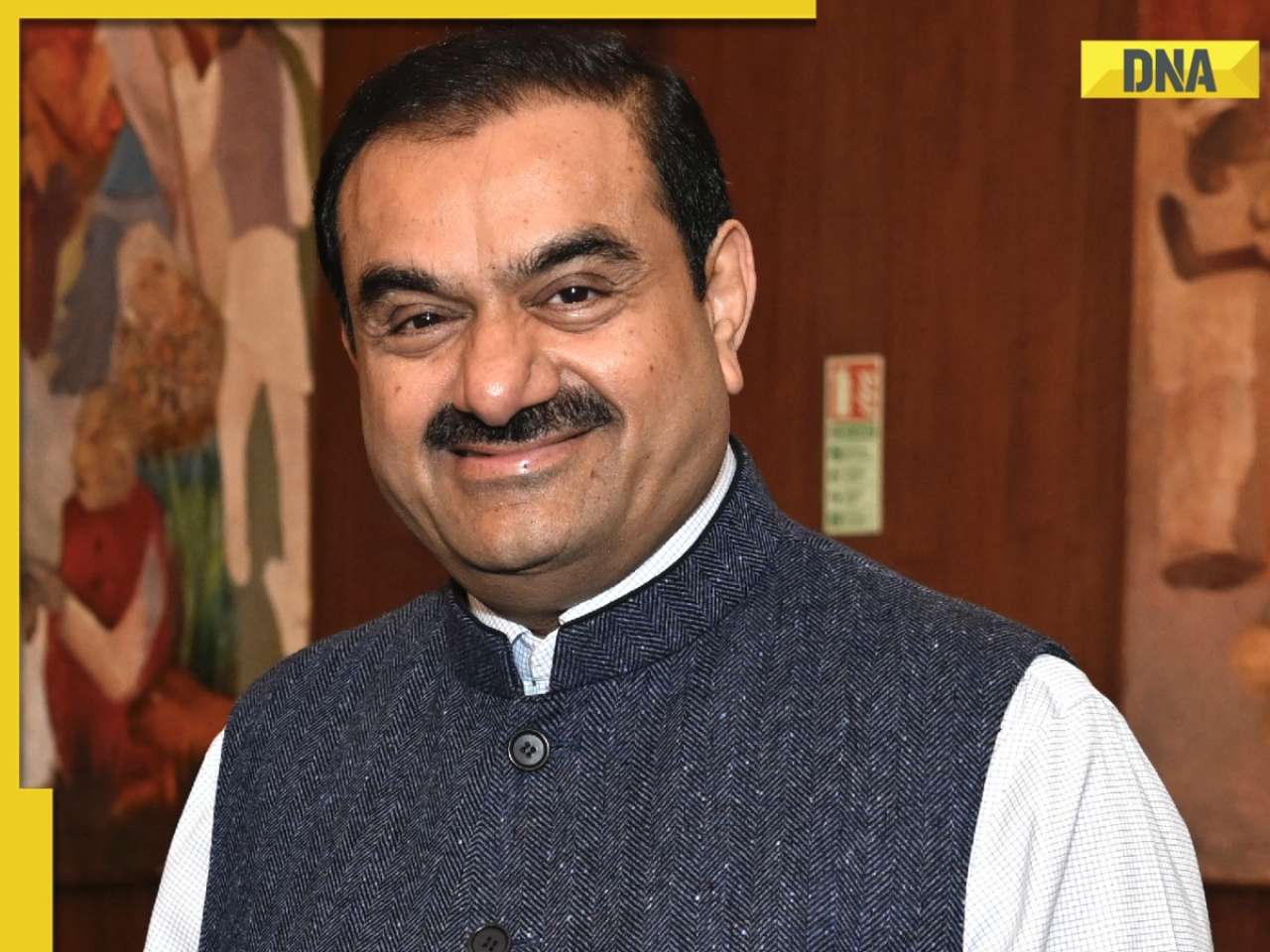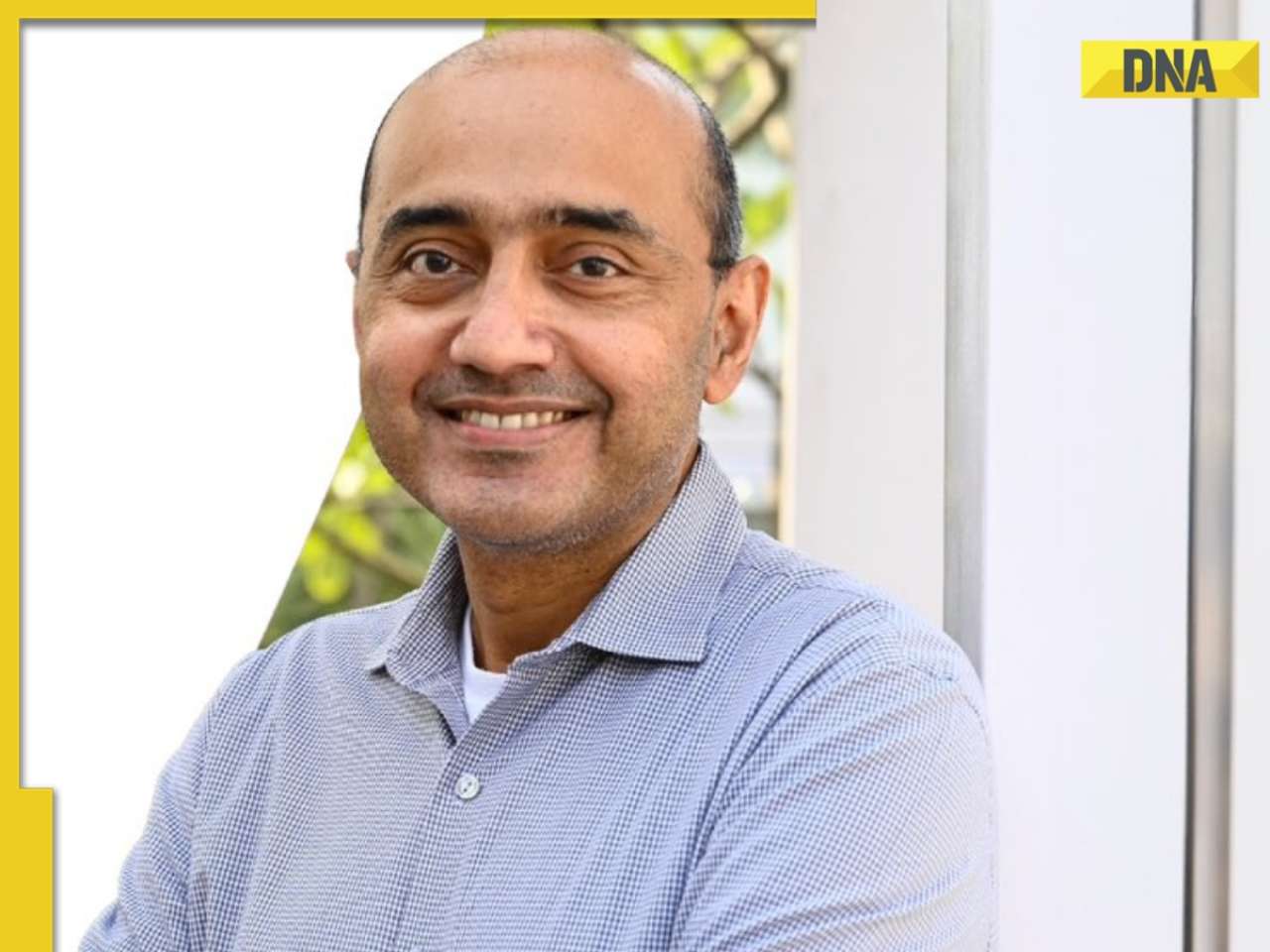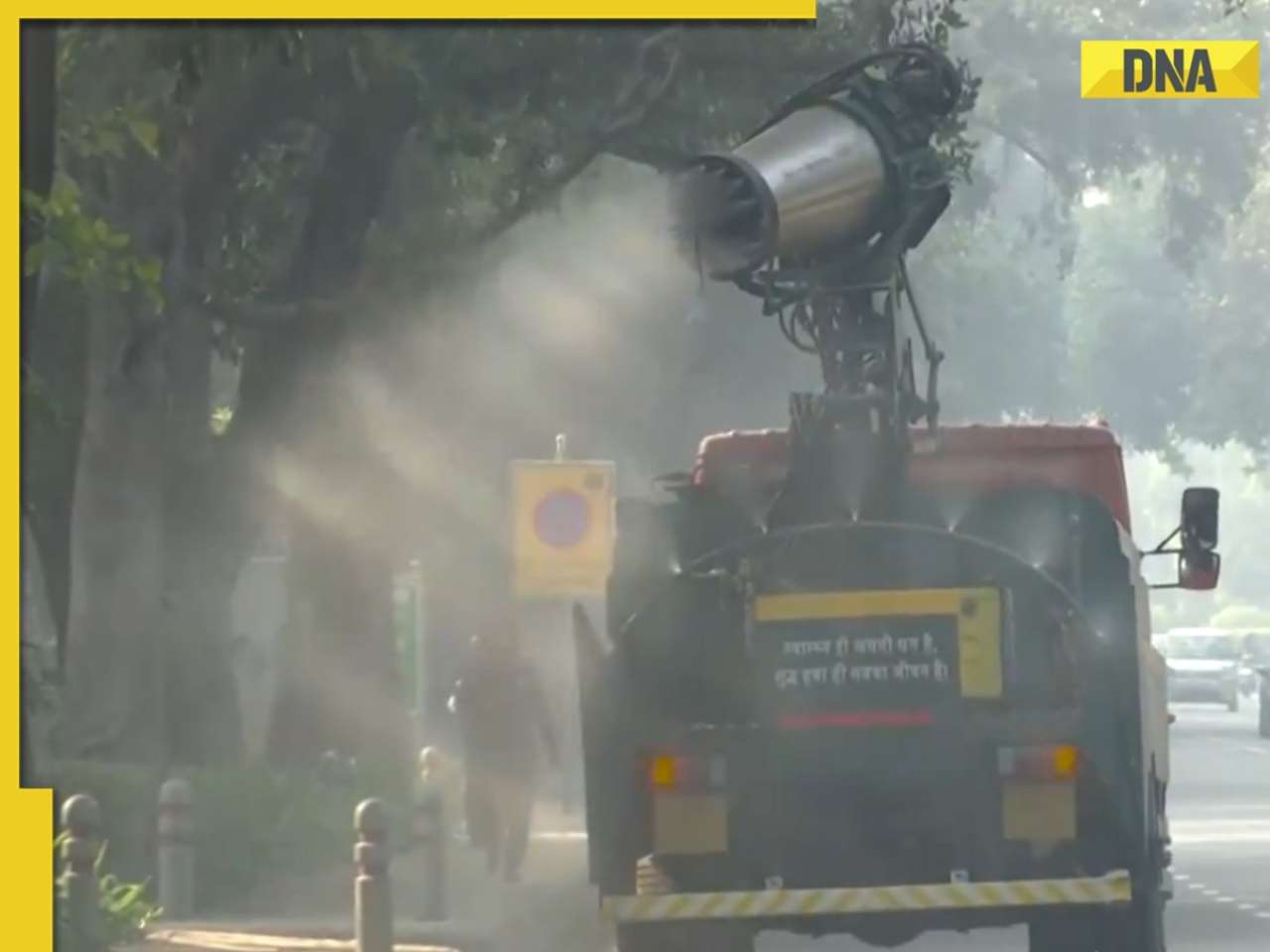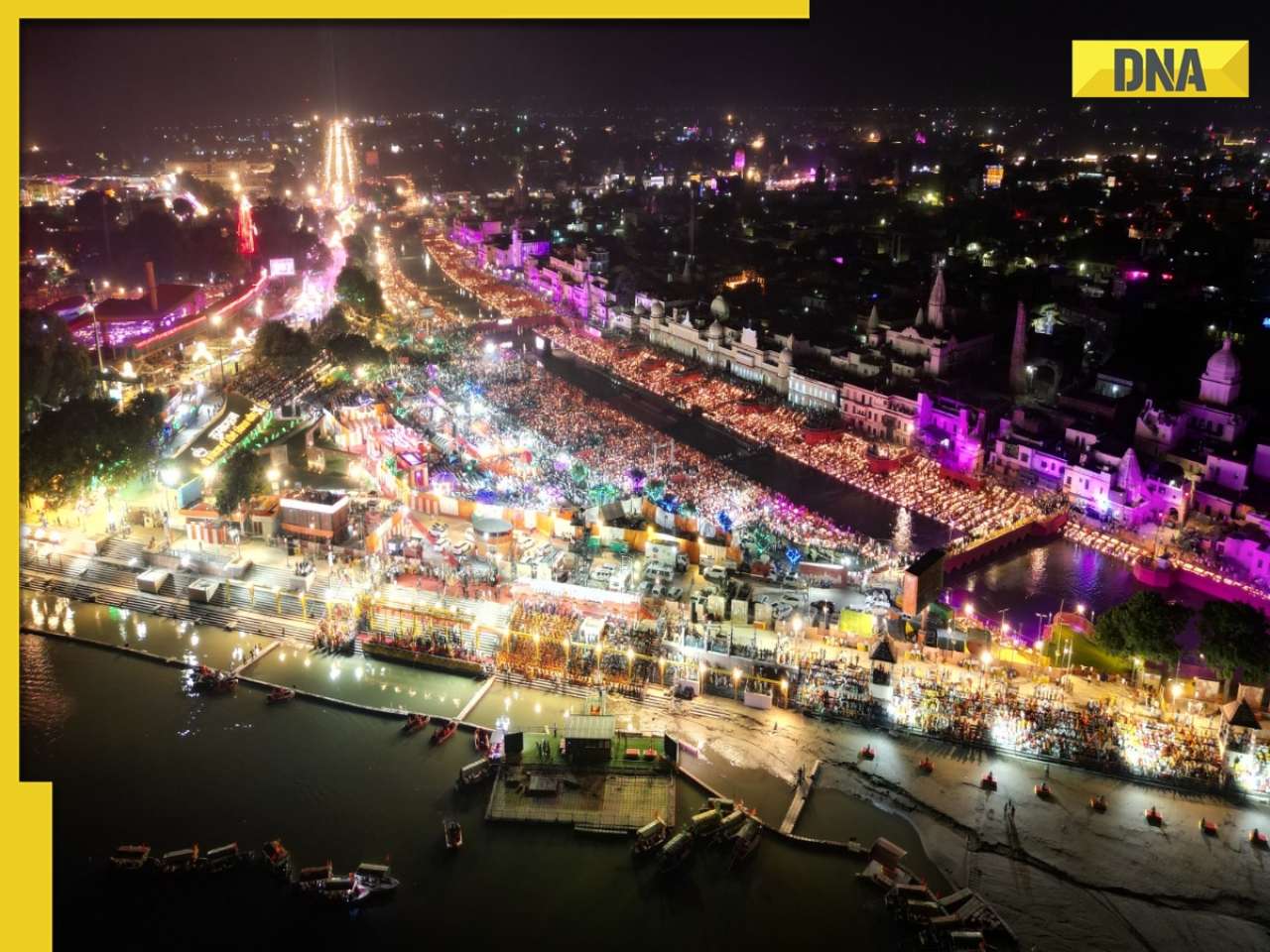- LATEST
- WEBSTORY
- TRENDING
INDIA
Union Budget 2024: Where does the government get money from and where does it spend it?
Finance Minister Nirmala Sitharaman will present the first full budget of Modi government 3.0 today.
TRENDING NOW
The first full budget of Modi government 3.0 is set to be presented on July 23. This will be the seventh consecutive budget presented by Finance Minister Nirmala Sitharaman. The budget is essentially an account of the government’s income and expenditure for the upcoming fiscal year. Many might wonder where the government gets the money for the budget and how this money is spent. Let's break it down.
Projected expenditure and income:
Nirmala Sitharaman previously presented an interim budget on February 1, where she aimed to reduce the fiscal deficit to 5.8 percent for the current year and further down to 5.1 percent by 2024-25. The total expenditure in the interim budget was estimated to be Rs 47,65,768 crore.
This includes a significant capital expenditure of Rs 11,11,111 crore. The effective capital expenditure for the financial year 2024-25 was set at Rs 14,96,693 crore, marking a substantial increase of 17.7 percent compared to the revised estimates of the previous financial year.
Sources of government revenue:
According to budget documents, the government's revenue comes from various sources:
Borrowings and Other Liabilities: The largest share, at 28 percent, comes from borrowings and other liabilities.
Income Tax: Contributes 19 percent to the total revenue.
Goods and Services Tax (GST): Accounts for 18 percent of the revenue.
Corporation Tax: Adds 17 percent to the revenue.
Non-Tax Receipts: Make up 7 percent of the total revenue.
Central Excise Duty and Customs: Together contribute 9 percent.
Non-Debt Capital Receipts: Form 1 percent of the total income.
Allocation of government expenditure
Here’s how the government plans to spend its money:
Interest Payments and State’s Share in Tax Duties: The largest chunk, 20 percent, goes towards paying interest and the state's share in tax duties.
Central Sector Schemes: Account for 16 percent of the expenditure.
Other Expenditures: Make up 9 percent of the total.
Defence, Centrally Sponsored Schemes, and Finance Commission: Each receive an 8 percent allocation.
Subsidies: Constitute 6 percent of the total expenditure.
Pensions: Account for 4 percent of the expenditure.
Understanding these allocations helps in comprehending how the government plans to manage and utilize its financial resources. This structured approach aims to ensure balanced growth and development across various sectors while maintaining fiscal discipline.
As Finance Minister Nirmala Sitharaman presents the budget on July 23, all eyes will be on how these projections and allocations will address the nation's economic challenges and opportunities in the coming year.







)
)
)
)
)
)
)
)
)
)
)
)
)
)
)
)





